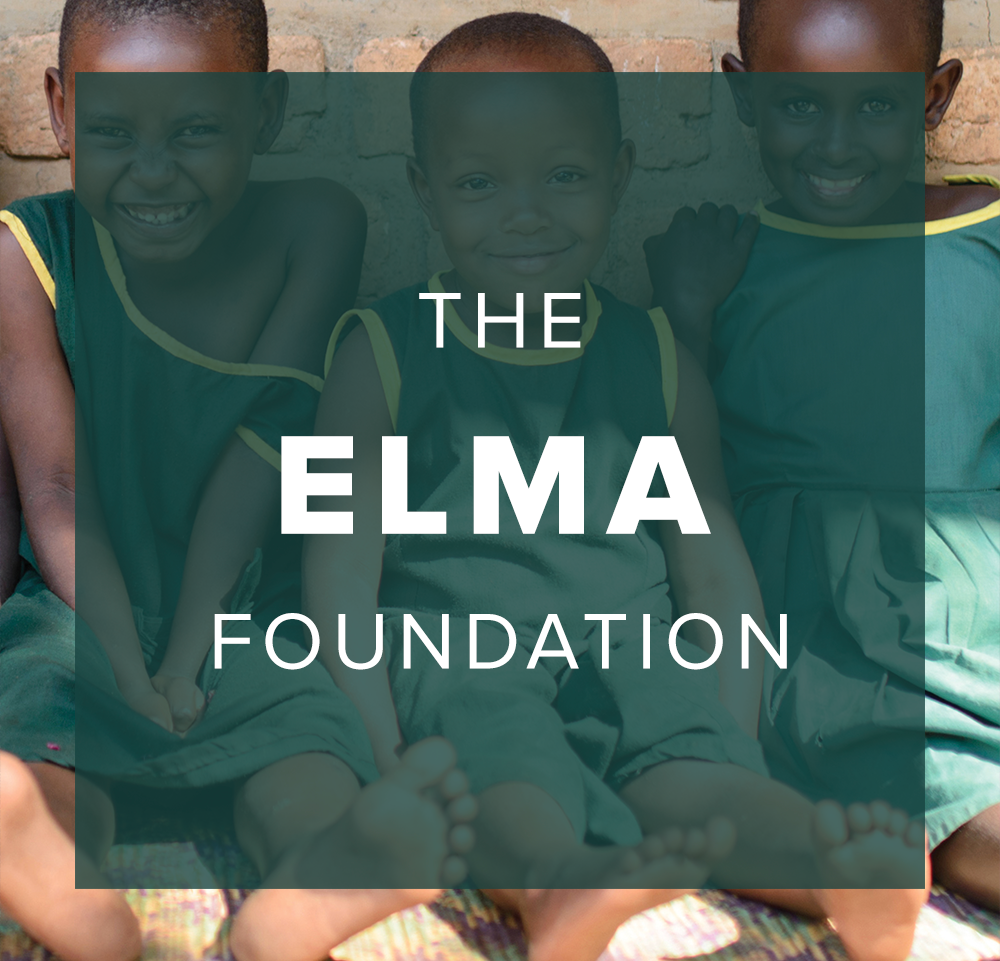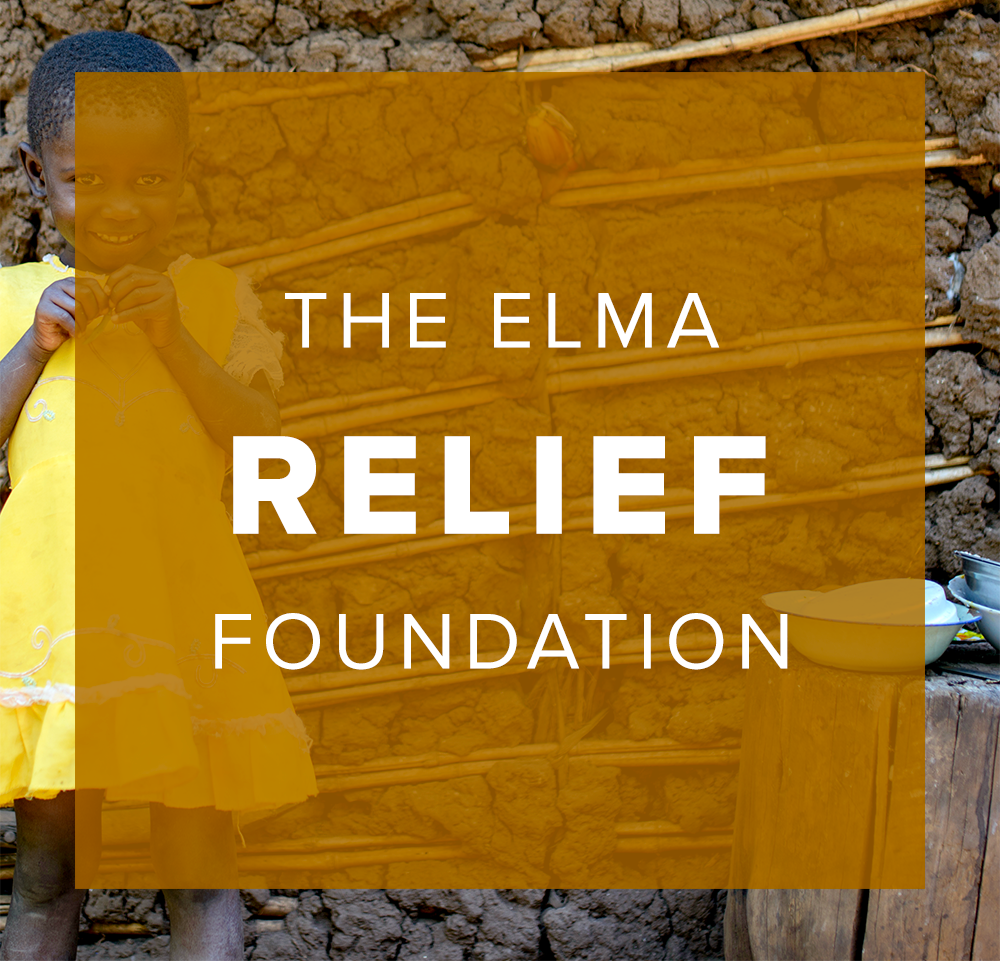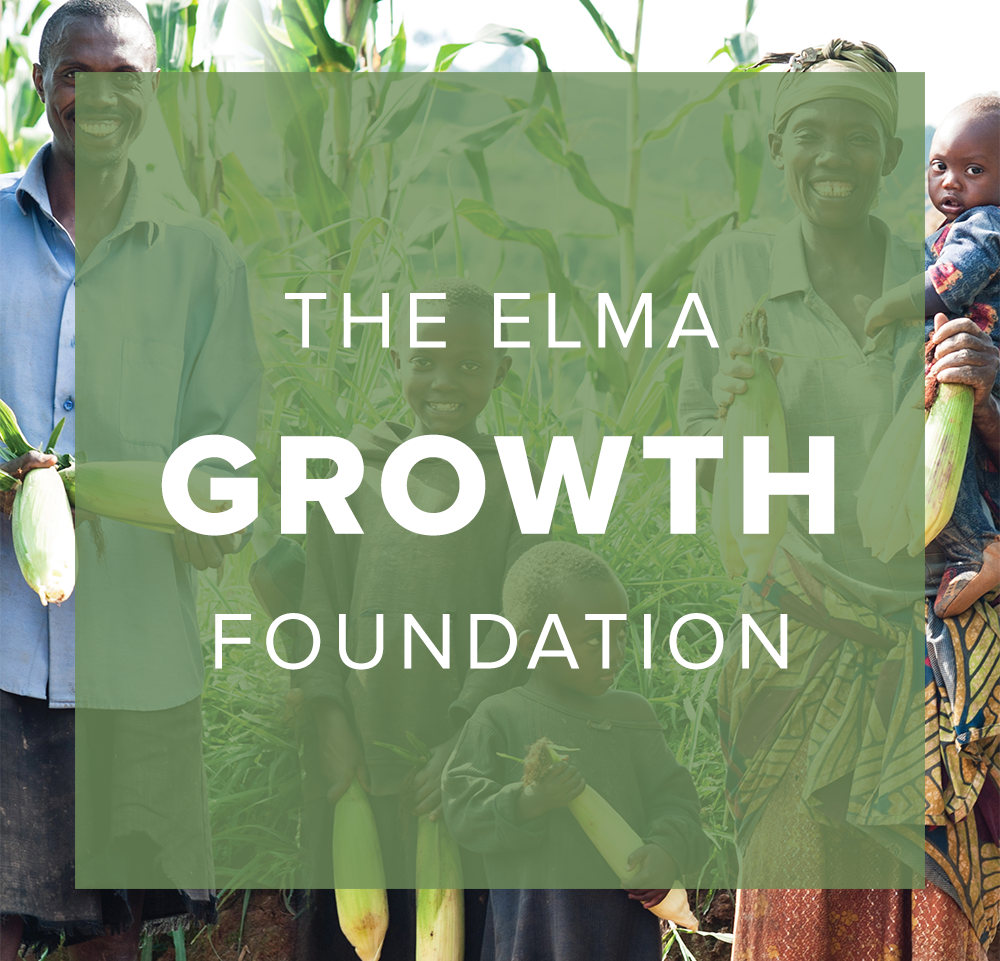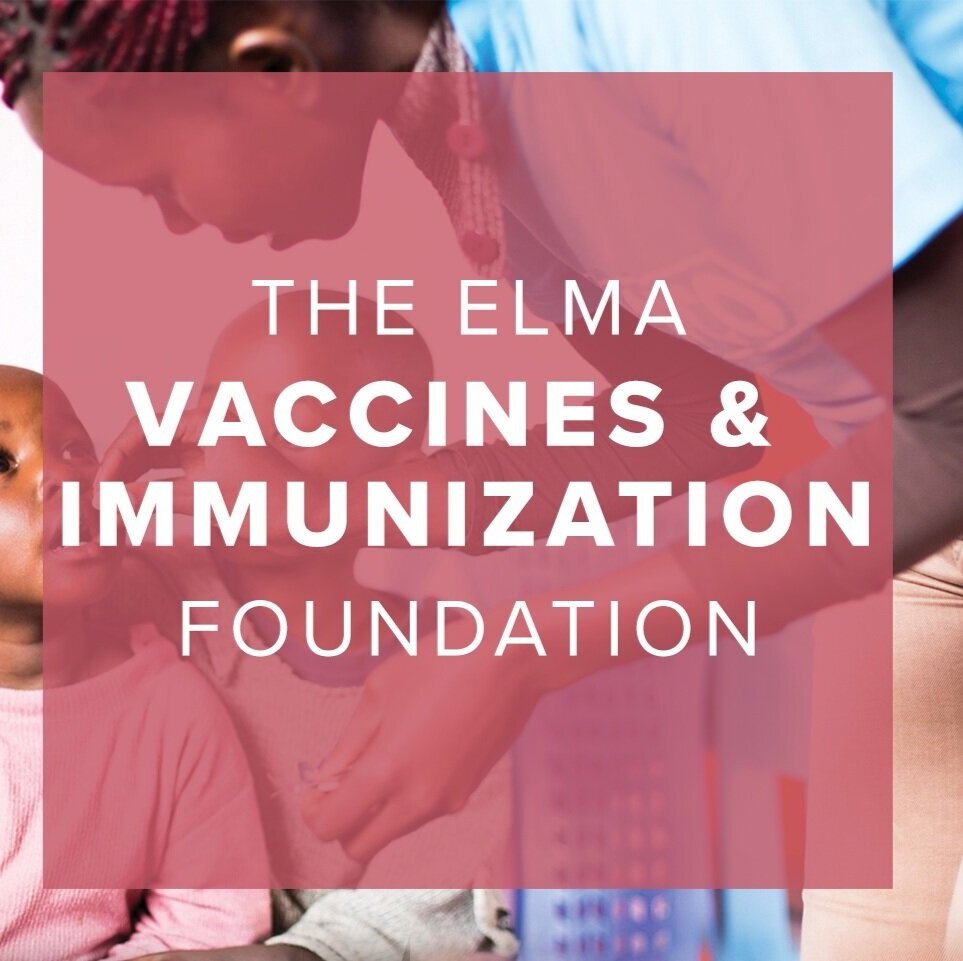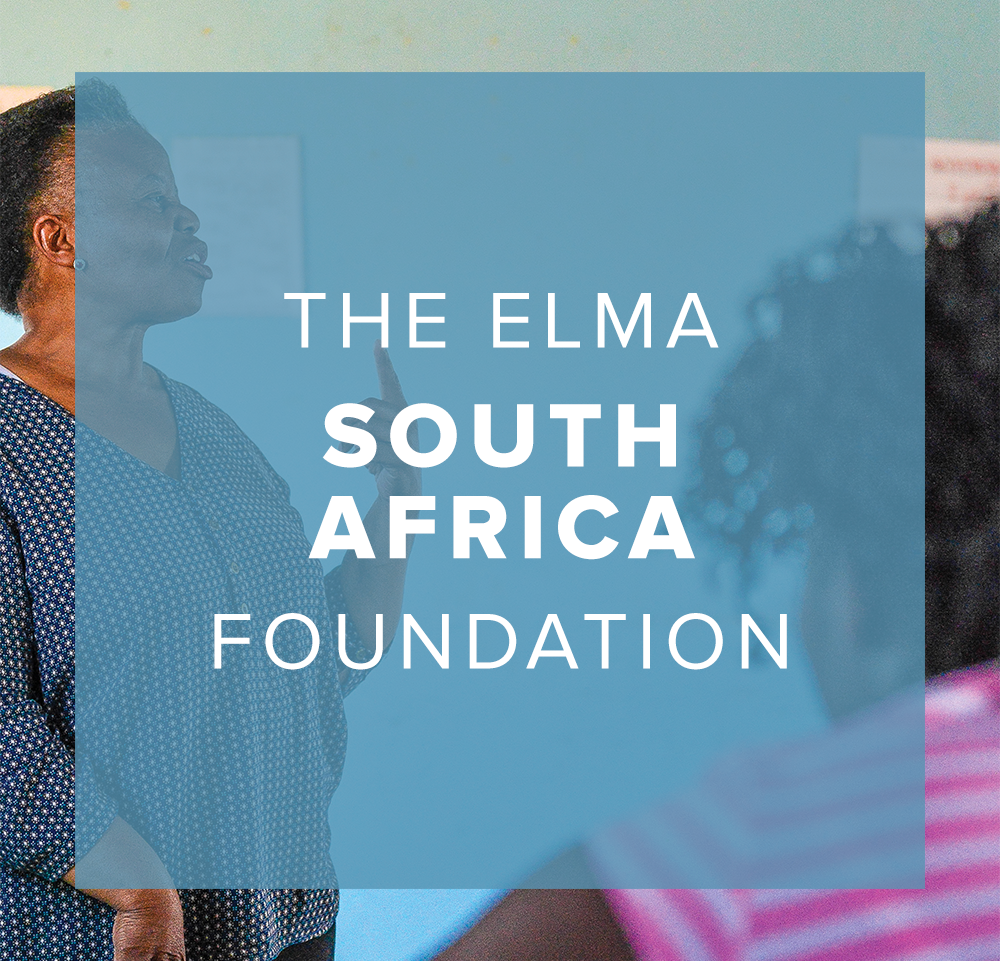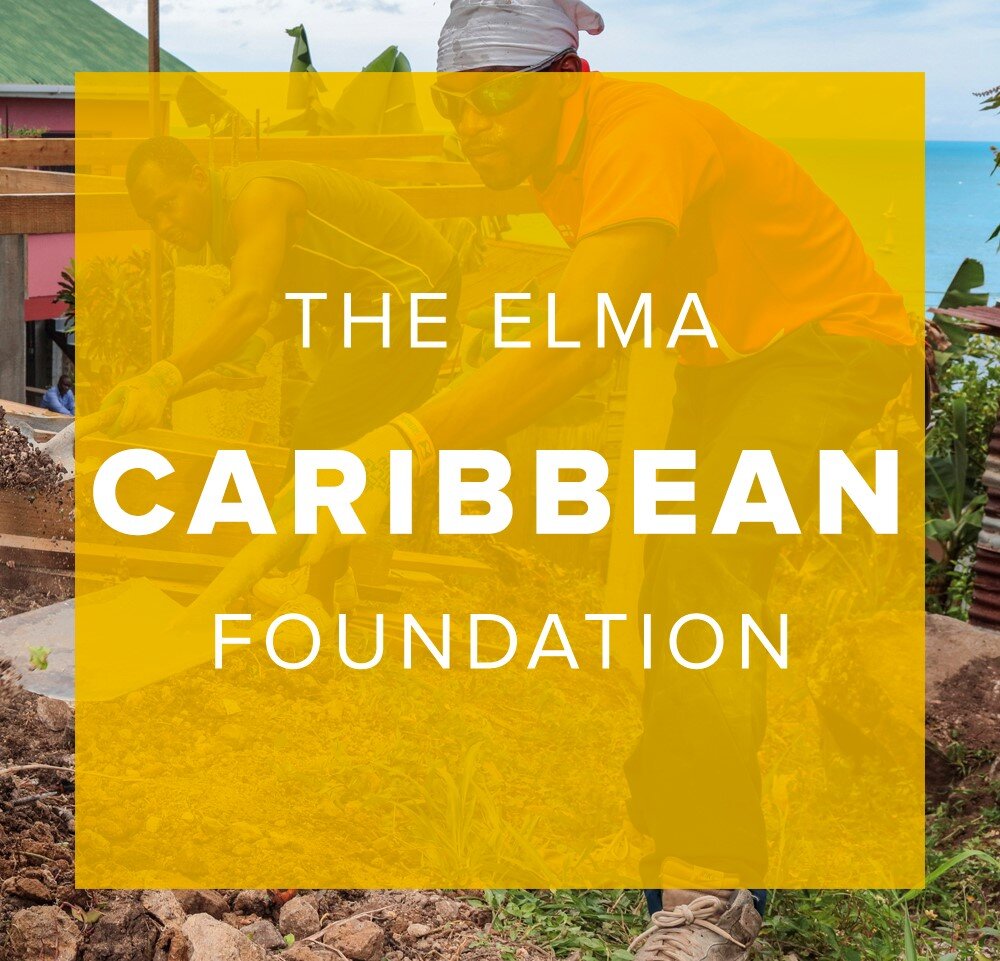< BACK TO E&L HOMEPAGE
A Chat with Dr. Christiane Horwood on the Impact of the KwaZulu-Natal Initiative for Breastfeeding Support
April 22, 2019
June Lee
Director, Evidence & Learning
ELMA Philanthropies
Breastfeeding is one of the most effective interventions to promote healthy development and reduce illness and mortality in infants and young children. In KwaZulu-Natal, as in the rest of South Africa, exclusive breastfeeding rates are low and mixed feeding is common. With increasing rates of severe malnutrition and a high number of neonatal deaths, the KwaZulu-Natal Initiative for Breastfeeding Support (KIBS) aimed to improve exclusive breastfeeding rates and encourage continued breastfeeding after six months.
KIBS was a three-year project by the KwaZulu-Natal Department of Health in partnership with the University of KwaZulu-Natal, Centre for Rural Health. It consisted of training and mentoring health workers (nutritional advisors, lactation advisors, and community caregivers); establishing milk banks in each of 11 districts; and a media campaign.
At the end of 2018, the University of KwaZulu-Natal’s Centre for Rural Health completed an evaluation of KIBS. ELMA supported both the KIBS program and evaluation.
The following is a conversation between June Lee, ELMA’s Director of E&L and Dr. Christiane Horwood from the Centre of Rural Health on the evaluation she conducted of KIBS’ impact on exclusive breastfeeding and mixed feeding (combination of formula and breast milk).
June Lee: What were the most important findings that emerged from this evaluation?
Dr. Christiane Horwood: The most important finding was that over the three years of the KIBS program, exclusive breastfeeding among 14-week-old babies improved significantly even though the rate of exclusive breastfeeding was already quite high, at 50%, before the program began. At the end of the KIBS project, almost 60% of mothers reported that they exclusively breastfed their 14-week-old babies. This is higher than has ever been documented in South Africa, although other studies have showed some improvements in exclusive breastfeeding rates in recent years.
The study also showed that the practice of mixed breastfeeding (giving breast milk as well as other food or fluids) was reduced among babies at 14 weeks. It is important for health and development that babies receive only breast milk until six months of ages, so we were pleased to see reduced rates of mixed feeding.
June: That is good news indeed. Did the evaluation also uncover areas where breastfeeding support can be further improved?
Dr. Horwood: Yes! We found that the improvements to exclusive breastfeeding rates at 14 weeks was a result of many mothers moving from mixed breastfeeding to exclusive breastfeeding, and not because overall breastfeeding rates increased. Almost one third of infants received NO breast milk at 14 weeks both before and after the program. This is a serious threat to the health of these babies. The problem of mothers stopping breastfeeding early and encouraging sustained breastfeeding is therefore a key challenge.
Providing support for breastfeeding in those early few weeks is also a very important recommendation to come from this study. Among those mothers who had stopped breastfeeding by 14 weeks, three-quarters stopped by the time the baby was six weeks old. Most mothers who succeeded in breastfeeding until 14 weeks were still breastfeeding at six months. Major reasons that mothers either never breastfeed or stopped breastfeeding were returning to work or school, or HIV-positive status. This highlights the importance of focusing on supporting breastfeeding in these two groups who are at high risk of stopping breastfeeding early.
June: Was there anything that surprised you about the findings?
Dr. Horwood: We were very pleased to note the substantial and significant overall improvement in feeding practices over the relatively short period (three years) between the two surveys. When we saw the high breastfeeding rate at baseline, we were concerned that it would be difficult to achieve an improvement.
Mothers who were successfully breastfeeding were not necessarily who we might expect based on other research. In many developed countries, high rates of exclusive breastfeeding are often associated with high incomes and high education levels of the mother. However, among our participants, mothers aged below 20 years, with lower education levels, living in rural areas, and in households without electricity were significantly more likely to be breastfeeding than urban mothers who were working and who were in the highest socioeconomic group.
In many communities, community health workers visit mothers and newborn babies in the household to provide support. We were surprised to find very few mothers (<10%) reported visits from community health workers and this did not improve over time. This is a missed opportunity to support breastfeeding in the community at this critical time, because many women stop breastfeeding in the early weeks of the baby’s life.
June: You shared the results with the stakeholders, including the Department of Health. What were their reactions? What kinds of conversations came out of the evaluation?
Dr. Horwood: We have shared the findings in a number of forums including both national and KwaZulu-Natal Departments of Health. The findings were very positively received, and stakeholders who have worked for many years to support breastfeeding were pleased to see that their work was paying off. A lot of the discussions focused on supporting mothers who were HIV-positive amid confusing infant feeding messages. For a number of years, mixed feeding (feeding breast milk as well as formula) was strongly discouraged for HIV-positive mothers and their babies, and HIV-positive mothers were advised to stop breastfeeding rather than risk the baby becoming HIV infected due to mixed feeding. Since 2016, the feeding advice for HIV-positive mothers is to exclusively breastfeed for six months and continue breastfeeding for two years and beyond as long as the mother adhered to HIV treatment. However, confusing messages continued and this may be a reason why many mothers stopping breastfeeding early and cited their HIV status as the reason. Health managers from the Department of Health agreed that further updates for health workers to clarify the new guidelines is urgently needed.
There were also discussions about breastfeeding challenges and how to improve the support provided to mothers. Feeding counselling could include information about breastfeeding challenges and help mothers to anticipate and address them. This is particularly important for mothers countering pressure from family, friends, and community members that babies receiving only breast milk are hungry and need additional food. Providing information about how to express and store breast milk to feed their baby when they are away from him/her may improve mothers’ ability to continue breastfeeding after returning to work or school.
June: Thank you for sharing your thoughts with us, Dr. Horwood. ELMA was very pleased that the evaluation has built South-Africa-specific knowledge about breastfeeding practices that government and practitioners can respond to, and that it has contributed to the global evidence base in the challenging area of improving exclusive breastfeeding.
Different components of this evaluation have been published in several peer-review journals:
Horwood, C., Haskins, L., Engebretsen, I. M., Phakathi, S., Connolly, C., Coutsoudis, A., & Spies, L. (2018). Improved rates of exclusive breastefeeding at 14 weeks of age in KwaZulu-Natal, South Africa: What are the challenges now? BMC Public Health, 18: 757. doi.org/10.1186/s12889-018-5657-5Horwood C. , Jama N. A., Haskins L., Coutsoudis A., & Spies L. (2018) A qualitative study exploring infant feeding decision-making between birth and six months among HIV-positive mothers. Maternal Child Nutrition, 15(2): e12726. doi: 10.1111/mcn.12726
Jama, N. A., Wilford, A., Haskins, L., Coutsoudis, A., Spies, L., & Horwood, C. (2018). Autonomy and infant feeding decision-making among teenage mothers in a rural and urban setting in KwaZulu-Natal, South Africa. BMC Pregnancy and Childbirth, 18: 52. https://doi.org/10.1186/s12884-018-1675-7
Jama, N. A., Wilford, A., Masango, Z., Haskins, L., Coutsoudis, A., Spies, L., & Horwood, C. (2017) Enablers and barriers to success among mothers planning to exclusively breastfeed for six months: A qualitative prospective cohort study in KwaZulu-Natal, South Africa. International Breastfeeding Journal, 12:43. doi: 10.1186/s13006-017-0135-8
The poster presentation of the evaluation won Best Poster at the 2018 Academy of Breastfeeding Medicine Annual International Meeting.




